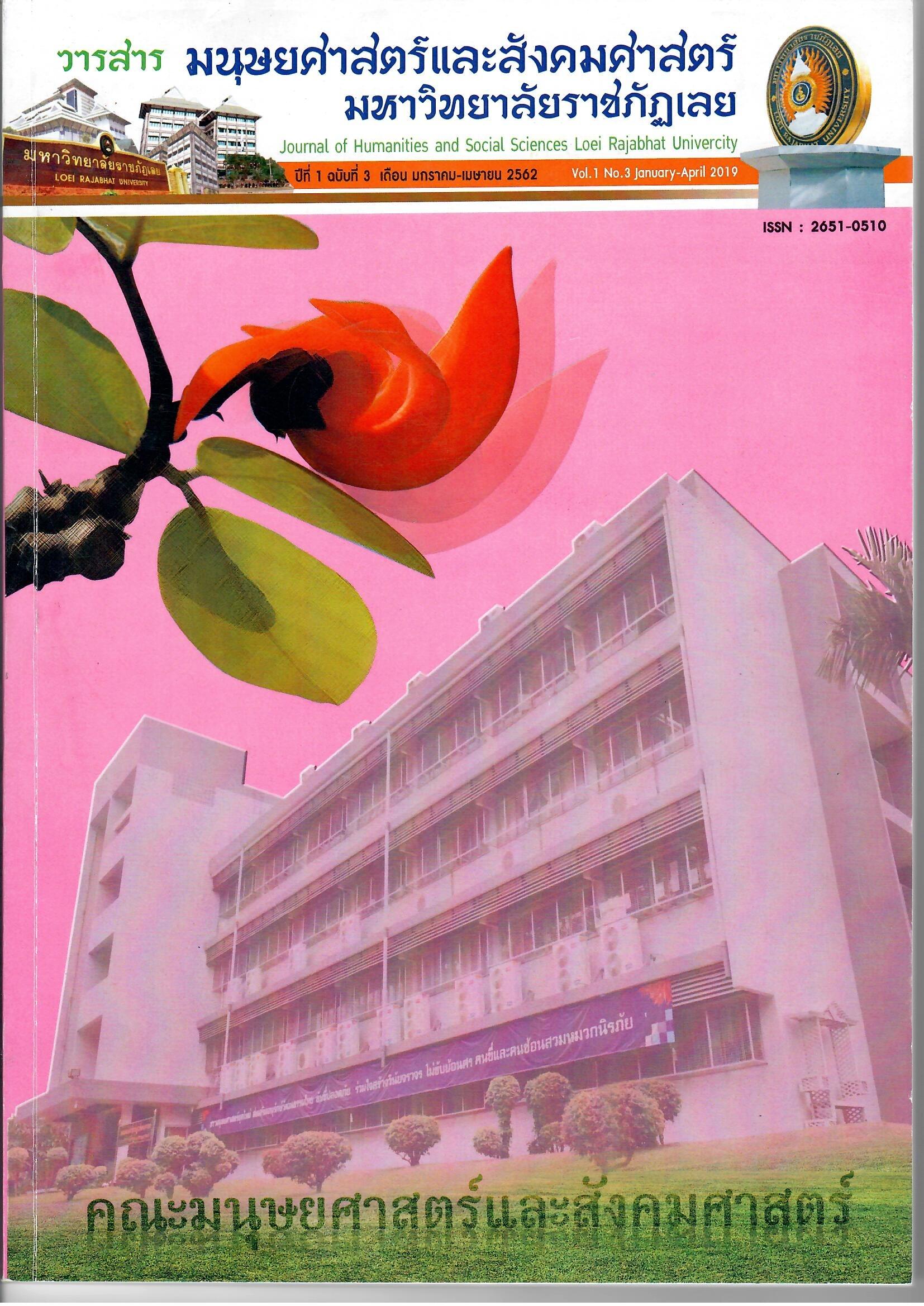The behavior of bachelor degree students at Kasem Bundit University in using smartphones
Keywords:
Behavior, the smartphone’s activity, bachelor degree studentsAbstract
The objective of this study is to examine the behavior of bachelor degree students at Kasem Bundit University in using smartphones. This research is quantitative research which uses questionnaires as the main tool for data collection. The samples of this research are 380 bachelor degree students in 2017. The statistical analysis tool for the research was the Frequency, Mean, and Standard Deviation. The findings indicate that 1. Personal information consists of gender, age, university year, faculty, native domicile and income, most of the samples are female. The average age is between 21 -22 years old. Most of the samples study at the Faculty of Business Administration. Most of them live in Bangkok Metropolitan Region, and also earn income from family supported. 2. The behavior in using the smartphone in overall shows at Often Level which can break down into 3 categories from the highest average score to the lowest average score as 1. The situation behavior 2.propose behavior 3.readiness behavior.
References
ชนกชนม์ แต่งเติมวงศ์. (2556). “กระแสของ Social Network บนโทรศัพท์มือถือในปัจจุบัน”. วารสารสังคมศาสตร์และศิลปศาสตร์. ปีที่ 2(1): 28-42.
ธมนวรรณ กัญญาหัตถ์. (2554). ความพึงพอใจของผู้บริโภคในกรุงเทพมหานครที่มีต่อประโยชน์ของสมาร์ทโฟน. ค้นคว้าอิสระบริหารธุรกิจมหาบัณฑิต, มหาวิทยาลัยกรุงเทพ.
ธัญธัช วิภัติภูมิประเทศ.(2559). “พฤติกรรมการใช้สมาร์ทโฟนในชั้นเรียนของนักศึกษามหาวิทยาลัยธุรกิจบัณฑิตย์”. สุทธิปริทัศน์. ปีที่ 30 (9): 48-58.
พิสุทธา อารีราษฏร์. (2553). “การพัฒนามัลติมีเดียบนเครือข่าย ตามแนวคอนสตรัคติวิสต์เรื่อง แนวคิดในการพัฒนาตน ในรายวิชาพฤติกรรมมนุษย์กับการพัฒนาตน”. วารสารมหาวิทยาลัยราชภัฏมหาสารคาม. ปีที่ 4(2) : 199-215.
พิชญ์ เพชรคํา. (2557). พฤติกรรมการบริโภคสื่ออินเตอร์เน็ตของเด็กปฐมวัย กรณีศึกษา โรงเรียนในสังกัดกรุงเทพมหานคร. สารนิพนธ์นิเทศศาสตรมหาบัณฑิต คณะนิเทศศาสตร์, มหาวิทยาลัยศรีปทุม.
เสาวนีย์ ขจรเทวาวงศ์. (2558). ปัจจัยที่ส่งผลต่อการตัดสินใจซื้อสมาร์ทโฟนตราสินค้าจีนของผู้บริโภคคนไทย.ค้นคว้าอิสระบริหารธุรกิจมหาบัณฑิต คณะพาณิชยศาสตร์และการบัญชี, มหาวิทยาลัยธรรมศาสตร์.
ศุภศิลป์ กุลจิตต์เจือวงศ์. (2556). “ไลน์รูปแบบการสื่อสารบนความสร้างสรรค์ของสมาร์ตโฟน: ข้อดีและข้อจำกัดของแอปพลิเคชัน”. วารสารนักบริหาร. ปีที่ 33 (4): 42.
ไทยรัฐออนไลน์, [ออนไลน์], (2554). เตือน! “คลื่นแม่เหล็กในมือถือ” เสี่ยงเนื้องอกในสมอง24ชม. เข้าถึงได้จาก: https://www.thairath.co.th/content/191229. (12/03/61).
ACI Worldwide,[online]. (2011). Next Generation Real-Time Fraud Prevention. Available from: https://www.aciworldwide.com/.(20/02/61).
Cronbach, L. J. (1990). Educational Psychology (5th edition). New York: Harcourt Brace.
Morgan Stanley. [online]. (2015). Mobile Shifts eCommerce into Higher Gear. Available from: https://www.morganstanley.com/ideas/mobile-shifts-ecommerce-intohighergear/. (12/02/18).
Nielson. [ออนไลน์], (2554). พฤติกรรมการใช้สมาร์ทโฟน.. เข้าถึงได้: http://i7. in.th /smartphone-user-habit. (21/12/60).









